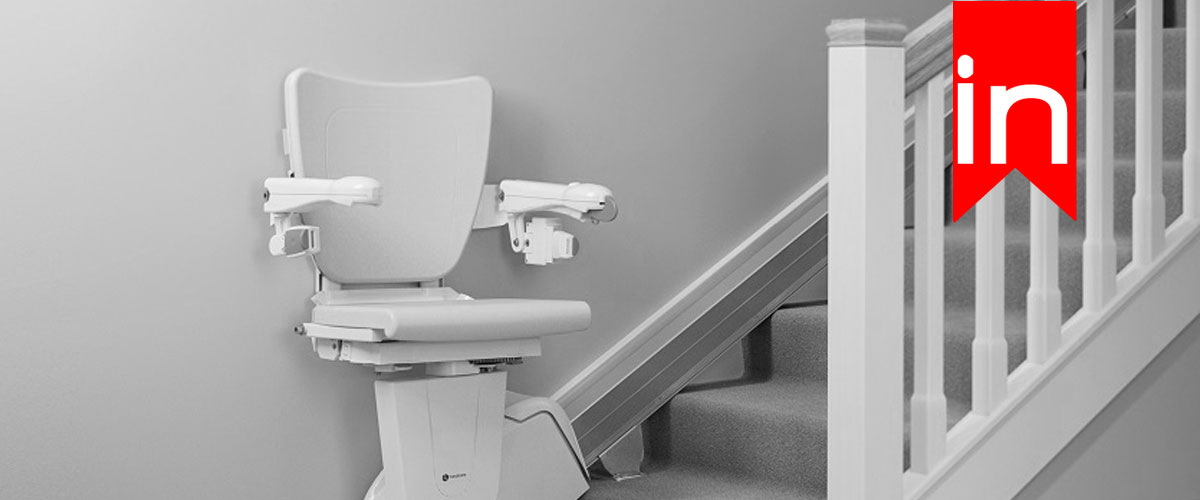A medical alert system is an in-home and/or wearable technology that allows you to request assistance if you fall, become disoriented, become hurt, or have a medical or healthcare emergency. Rather than dialing 911, the medical alert system connects you to a monitoring center staffed by care experts who evaluate your condition, notify your loved ones, and, if required, deploy emergency medical support to your house.
Highlights
- Provides immediate assistance in emergencies via wearable or in-home technology, offering peace of mind.
- Monitored systems involve monthly fees, while unmonitored ones lack some features but offer cost savings.
- Decision depends on priorities, with monitored systems offering more reliability and unmonitored systems providing cost savings and equipment ownership.
Who Needs A Medical Alert System?
A medical alert system is ideal for anybody who wants peace of mind knowing that they are protected 24 hours a day, 7 days a week in the event of a medical emergency, fire, or break-in by simply having a help button. The fact that one in three Canadian citizens over age 65 fall annually with these falls leading to hospitalization or emergency conditions only serves to further highlight the need for medical alert systems.
This emergency response system includes a fall detection system, which alerts a monitoring center even if you are unable to press your assistance button in the case of a fall (automatic fall detection). A panic button can be added to a medical alert system.
Types Of Medical Alert Systems
There are generally two types of medical alert systems. They are:
- Monitored medical alert systems
- Non-monitored medical alert systems
Monitored Vs Unmonitored (No Monthly Fees)
The major difference between these two types/classes of medical alert systems is that although most medical alert systems currently in use involve monitoring for a subscription monthly monitoring fee (monitored medical alert system), there is also another (albeit less common) alternative to the monitored system which forgoes the subscription-based monthly monitoring fees required by its monitored medical alert system counterpart.
This means that essentially, unmonitored medical alert systems lack some of the assistive technology services present in monitored systems. One important feature absent from most unmonitored medical alert systems is the automatic fall detection system which automatically alerts the emergency monitoring center in cases of falls.
There is also the issue of cellphone dependency for mobile unmonitored medical systems. Monitored systems usually have their own “mobile devices” for cellular connectivity avoiding the cellphone dependence associated with the unmonitored systems as unmonitored medical alert systems need to be plugged into an existing mobile system (that is connected to the landline) in order to be functional.
The most significant downside to unmonitored medical alert systems however is the lack of reliability. What this means is that for an unmonitored system, you are required to provide a list of contact information for family members (up to four contacts) that will serve as emergency contacts. However, there is no guarantee that the contacts provided will be reachable and even if the call does go through, there is no guarantee that they will answer their phones. Since you are not connected to a personal emergency response system this might impact your chances of having access to emergency services in situations where you need them.
It is not all cons with unmonitored systems as they do have several advantages over their monitored counterparts. these advantages include:
- Reduced Cost: Unmonitored medical alert systems are generally cheaper than monitored ones and users avoid monthly fees associated with monitored systems. This makes unmonitored medical alert systems the ideal solution for customers who wish to contact loved ones in an emergency but cannot afford the monthly cost of a monitored system.
- Equipment Ownership: You will also retain ownership of the monitoring device. Users of monitored systems may be required to return the equipment after a period of use. Users of unmonitored medical alert systems pay upfront and keep the equipment permanently thereby avoiding concerns about device fees, setup costs, or equipment return issues.
- Connection to the Landline: The majority of unmonitored medical alert systems can be connected directly to existing landlines, eliminating the need for cell service associated with the monitored alert systems. Also, a landline connection has several advantages over cellular technology. For example, landline 911 calls connect faster and display a caller’s location on a screen at the 911 center, allowing emergency services to be sent faster. Calls made from cellular devices however experience minor delays while being routed to the appropriate 911 center.
It should also be noted that although most unmonitored medical alert systems do not have automatic fall detection and GPS location services, there are a few unmonitored medical alert system options with these additional services.
Unmonitored Systems For You
Unmonitored systems may not be a suitable match for everyone because the security and convenience of 24/7 monitoring are among the key reasons people opt for a medical alert system in the first place. A monitored medical alert system may be more beneficial to senior users who are at a higher risk of falling and suffering severe injuries as a result of their falls.
In the end, the choice of whether to opt for a monitored alert system or an unmonitored one depends on if potential users consider the one to be of more advantage and to be more suitable than the other.


